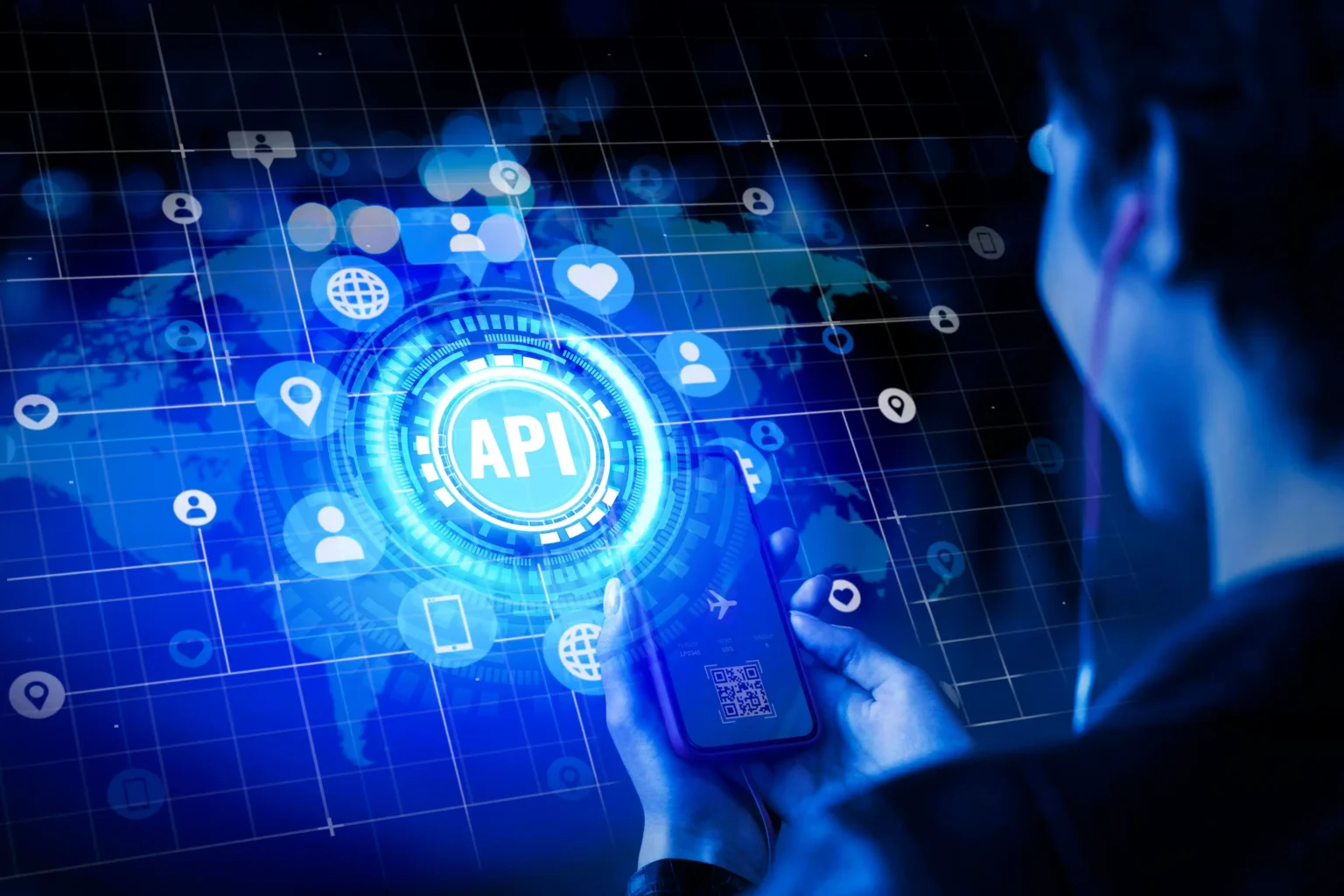Flutter’s versatility extends to seamless integration with APIs, unlocking dynamic data for your mobile applications. This guide provides a step-by-step walkthrough on implementing API calls in Flutter, empowering you to fetch and utilize real-time information within your app.
Setting the Foundation
1. Dependencies Setup: Begin by adding essential packages to your pubspec.yaml file:
dependencies:
http: ^0.14.0Run flutter pub get to install the package.
2. Importing Necessary Libraries: In your Dart file, import the HTTP package:
import 'package:http/http.dart' as http;Making API Calls
3. Creating API Endpoint Constants: Enhance maintainability by defining your API endpoints:
const String apiUrl = 'https://api.example.com/';
const String resourcePath = 'posts';4. Making GET Requests: Execute a GET request to fetch data:
const String apiUrl = 'https://api.example.com/';
const String resourcePath = 'posts';5. Making POST Requests: For sending data to the server, utilize POST requests:
Future<void> fetchData() async {
final response = await http.get(Uri.parse('$apiUrl$resourcePath'));
if (response.statusCode == 200) {
// Handle successful response
print('Data: ${response.body}');
} else {
// Handle errors
print('Error: ${response.statusCode}');
}
}Error Handling
6. Handling Exceptions: Implement a robust error-handling mechanism:
try {
// API call code here
} catch (error) {
// Handle exceptions
print('Error: $error');
}Conclusion
By following these steps, you’ve successfully implemented API calls in Flutter, enabling your app to communicate with external servers effortlessly. This comprehensive guide ensures a smooth integration process, allowing you to harness the full potential of Flutter for dynamic and data-driven mobile applications.

